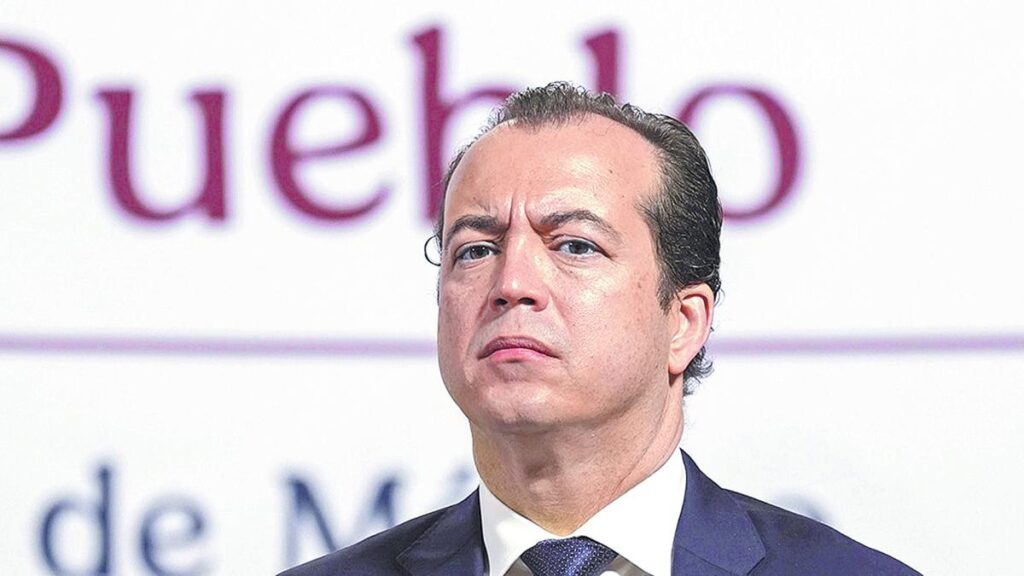Background on Key Figures and Relevance
The Mexican government, under President Claudia Sheinbaum, has been working diligently to address the growing trade surplus with the United States. This effort comes after securing a new tariff truce from President Donald Trump’s administration, extending to 90 days. The focus is on identifying sectors where Mexican companies can opt for increased U.S. procurement instead of sourcing from countries without existing trade agreements.
Government Actions and Strategies
Luis Rosendo Gutiérrez, Subsecretary of Industry and Trade at the Ministry of Economy, stated, “We are working on our trade policy to rely less on countries without trade agreements and try to buy more from the U.S. without harming our industry.”
To achieve this, the Mexican government is analyzing sectors with competitive products from both the U.S. and other countries, where price differences are minimal. The goal is to inform purchasing companies about the benefits of “buying American.”
“We are working on pinpointing, by tariff fraction, what we import from Asia or countries without trade agreements to bring in certain items while simultaneously importing significantly from the U.S., where they are produced,” Gutiérrez explained to El Economista.
Trade Surplus Context and Proposed Solutions
Mexico’s trade surplus with the U.S. has been growing, reaching a historical high of $79.44 billion from January to May. This figure is nearly triple Canada’s surplus during the same period ($27.38 billion) but is still 22.1% below China’s surplus ($101.96 billion).
President Sheinbaum proposed increasing U.S. product purchases to address Trump’s concerns about Mexico’s growing trade surplus. “If both the government and private sector reduce purchases from countries without trade agreements and strengthen U.S. product procurement without causing inflation, it’s a way to lower the trade deficit for the U.S.,” she said.
Trade Agreement Implications
Among countries with free trade agreements, Mexico secured the best tariff treatment after a 90-day negotiation period and a subsequent 23-day extension by Washington. With nearly zero tariffs on approximately 85% of its exports, one 25% tariff on non-T-MEC exports, and reduced automotive export tariffs, Mexico surpasses Canada’s conditions.
Canada’s non-T-MEC exports face a 35% tariff, up from 25%, while Mexico’s automotive exports benefit from reduced tariffs. Gutiérrez attributes this success to the “cool-headed” negotiation strategy devised by President Sheinbaum and executed by Economy Secretary Marcelo Ebrard’s team.
Key Questions and Answers
- What is the main objective of Mexico’s current efforts? The primary goal is to decrease trade surplus with the U.S. by encouraging Mexican companies to source more products from the U.S., rather than countries without existing trade agreements.
- How is the Mexican government planning to achieve this goal? The government is identifying sectors with competitive products from both the U.S. and other countries, informing purchasing companies about the benefits of “buying American.”
- What is Mexico’s current trade surplus with the U.S.? From January to May, Mexico’s trade surplus with the U.S. reached a historical high of $79.44 billion.
- How does Mexico’s tariff treatment compare to Canada’s under the new U.S. policy? Mexico secured nearly zero tariffs on approximately 85% of its exports, one 25% tariff on non-T-MEC exports, and reduced automotive export tariffs. In contrast, Canada’s non-T-MEC exports face a 35% tariff, up from 25%.






